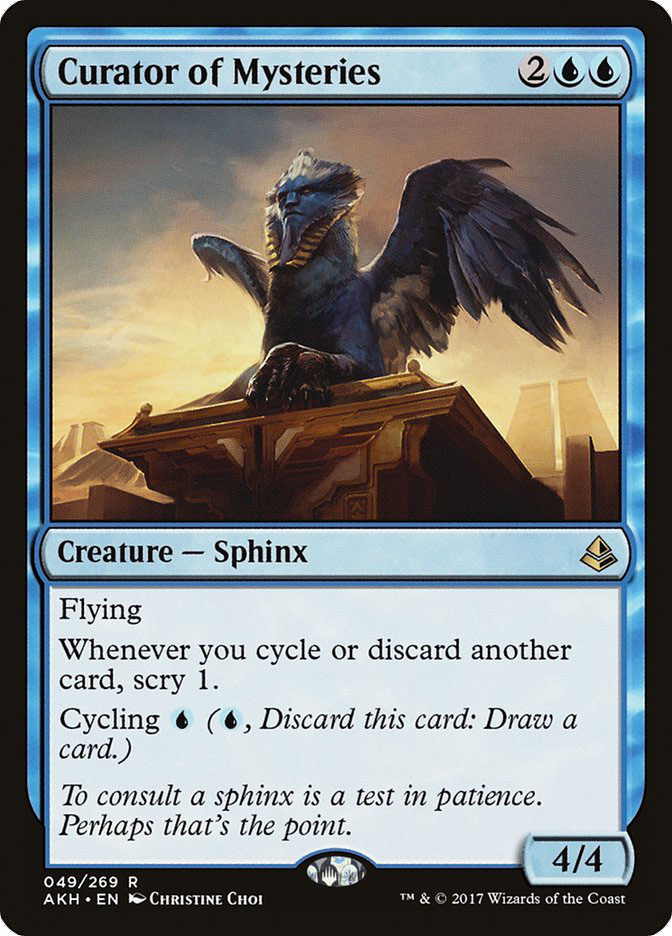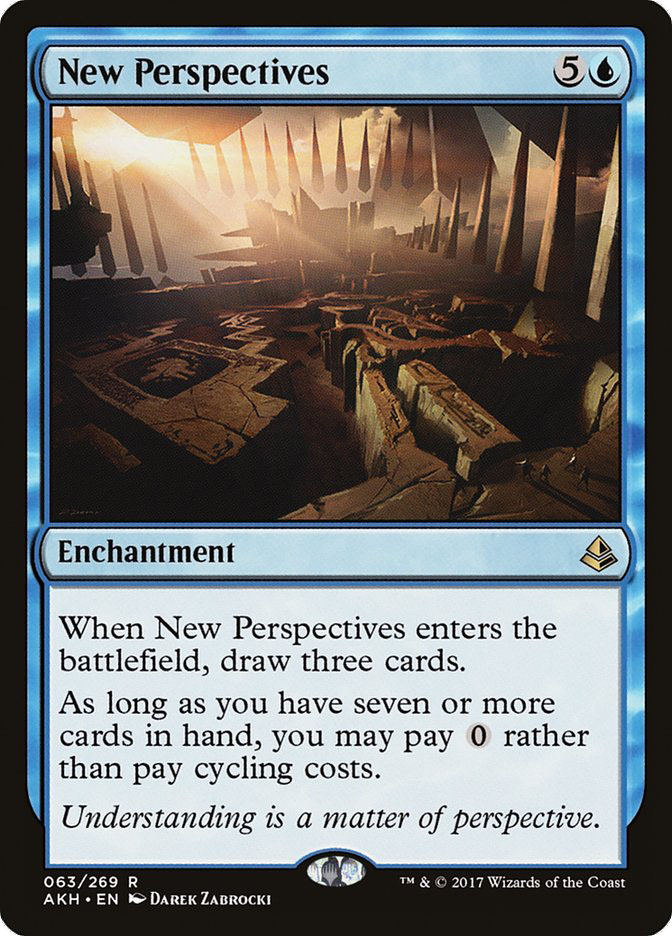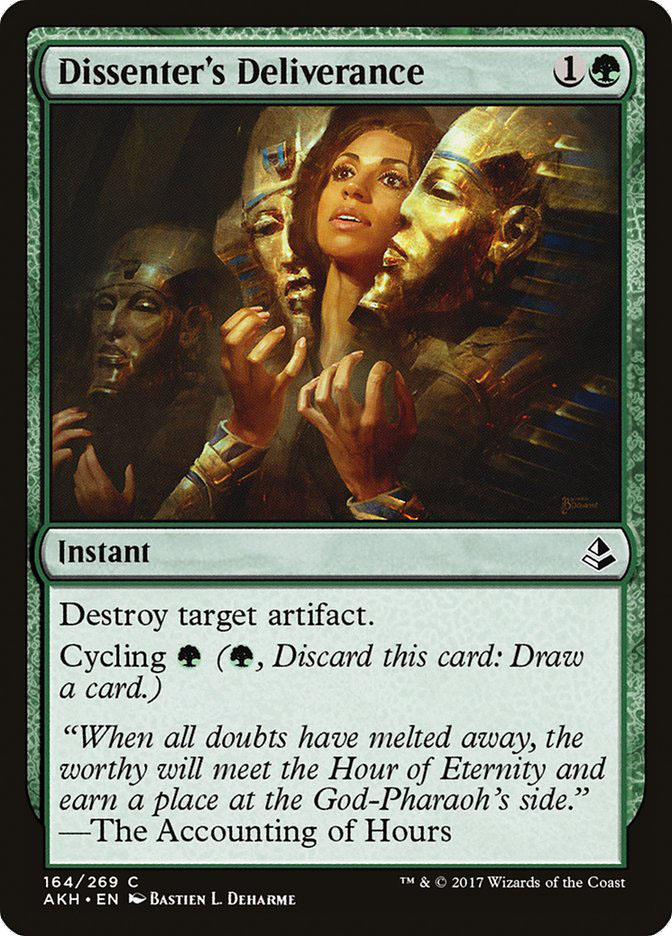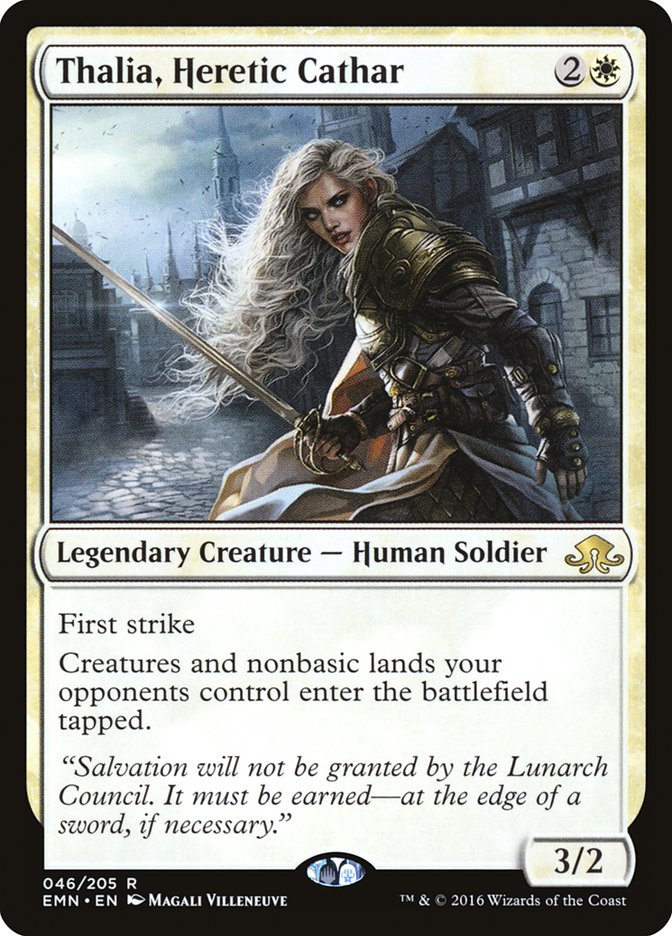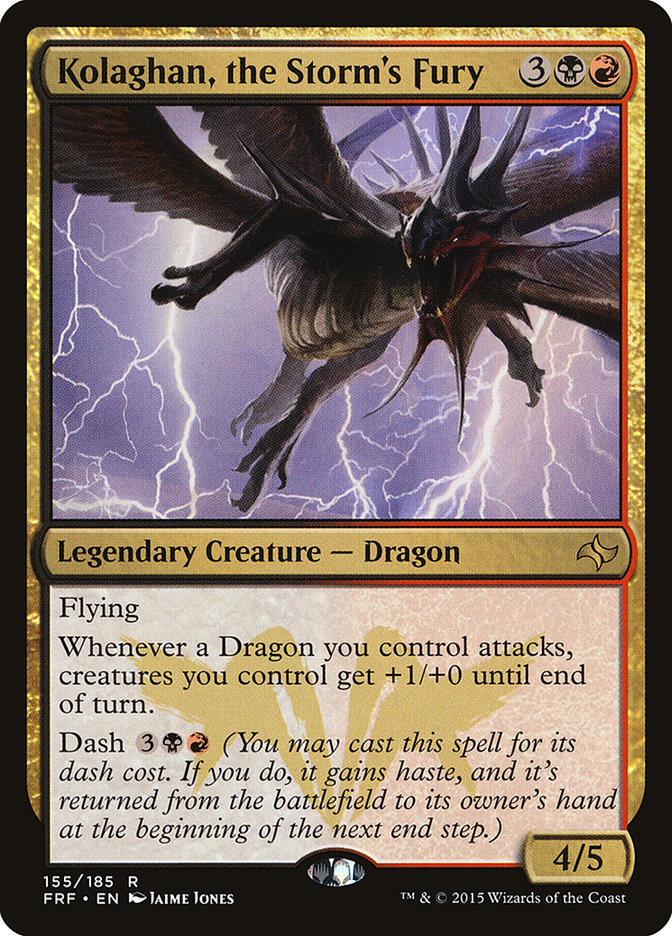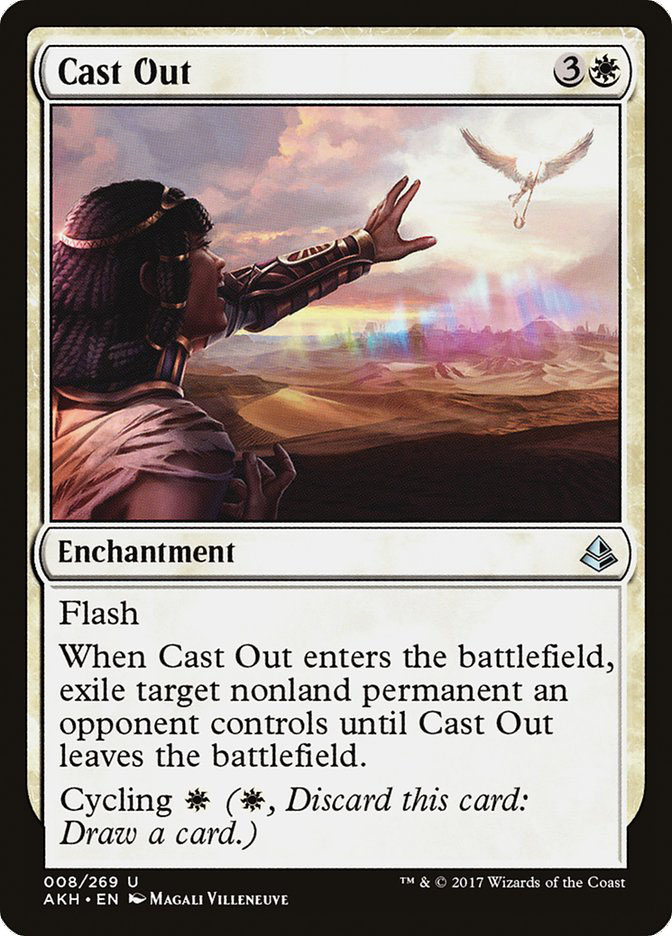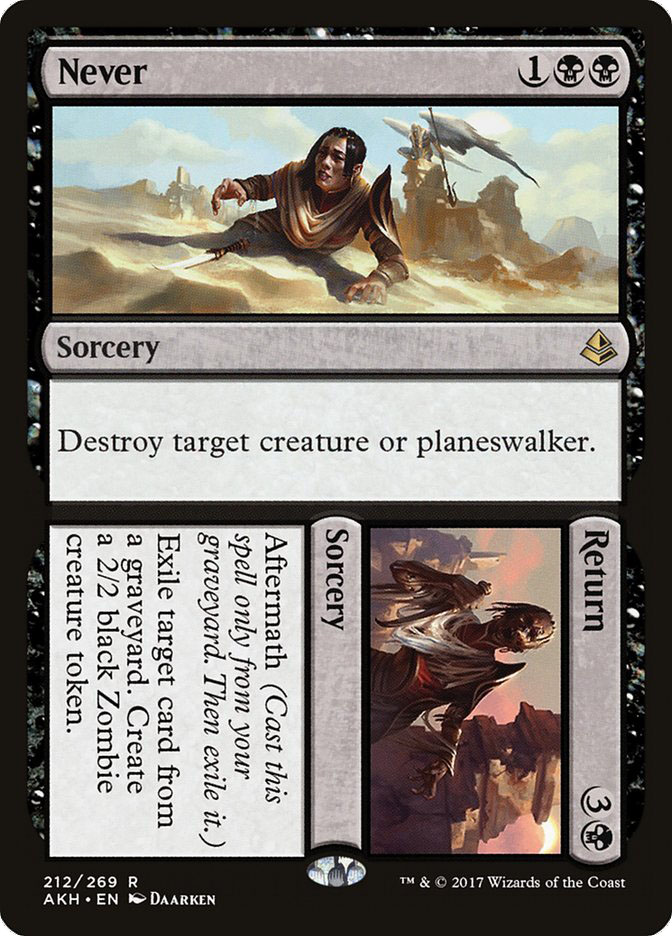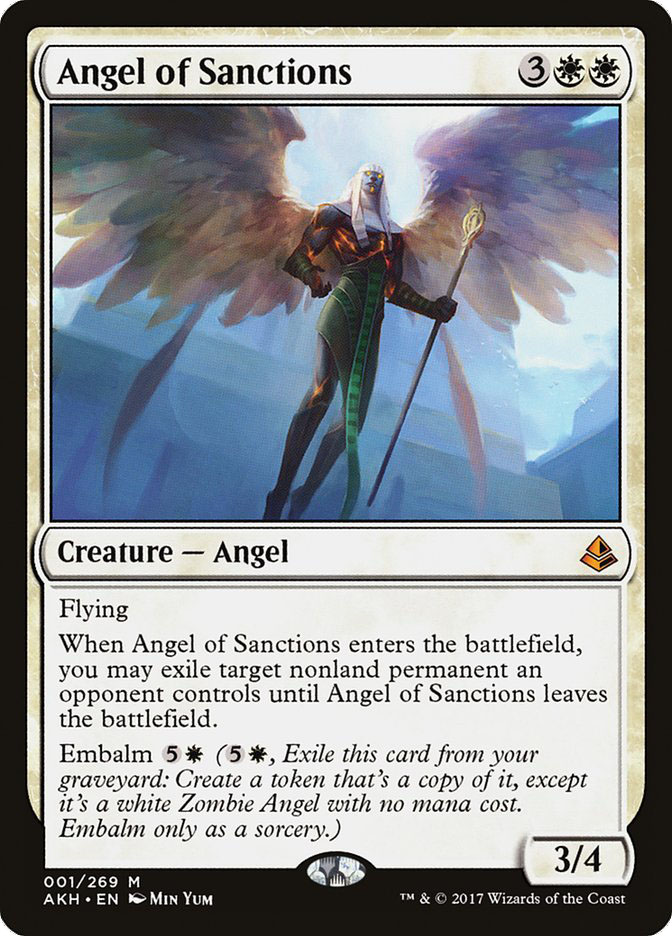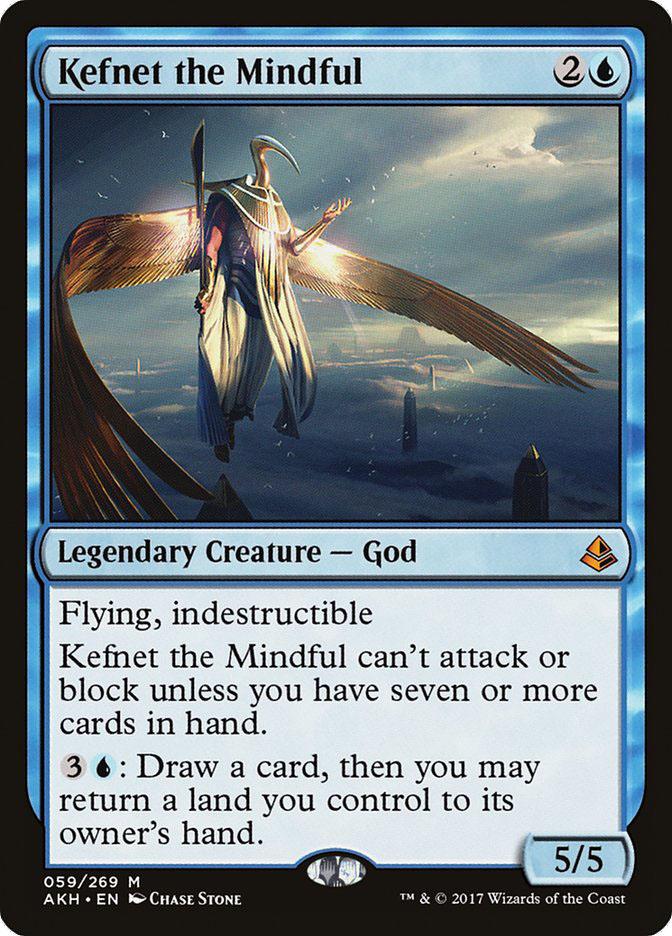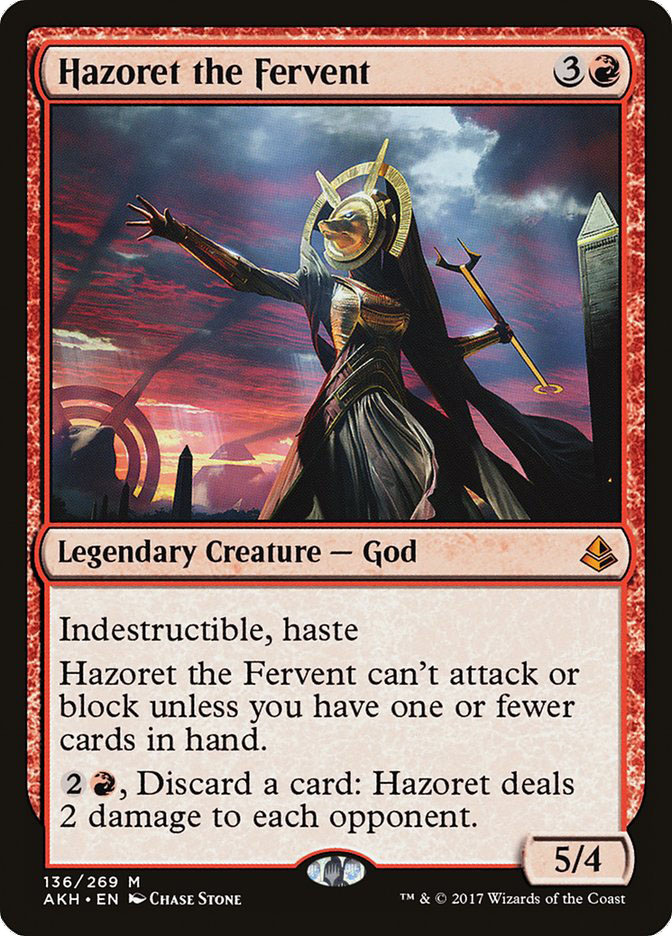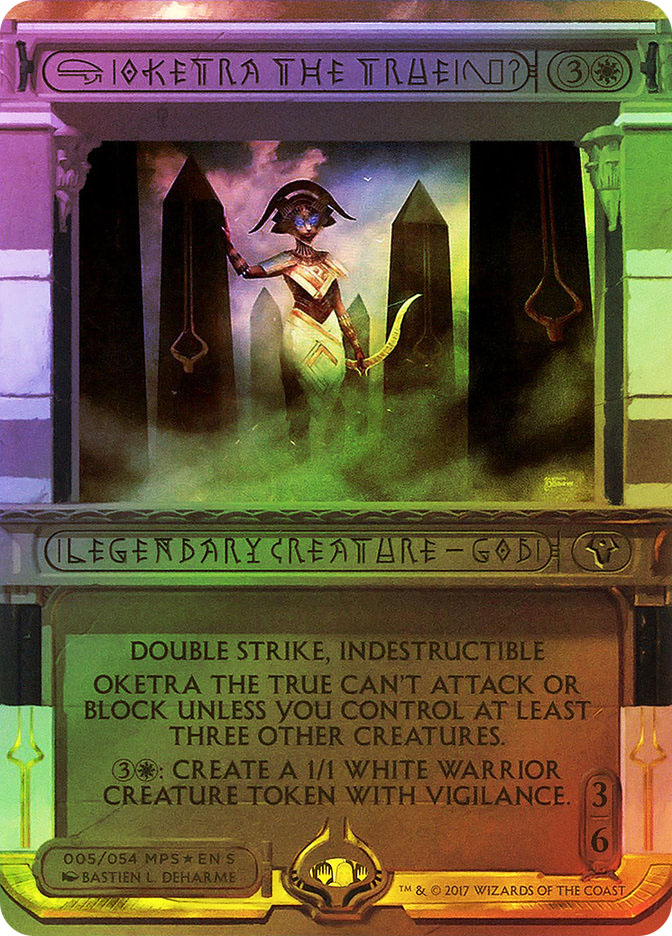It has been a while since we’ve taken a six-set Standard and added a seventh set. As a rule, the more sets that are legal in a format, the less change we can expect to be caused by the release of a new set. Eternal formats change very little from set to set, while the addition of a single set to a small Standard environment can completely invalidate the old metagame. What kind of change to Standard can we expect from Amonkhet?
Often, we can get a good idea of how much change to expect by thinking back to how much change the last set wrought. Going from five sets to six sets isn’t exactly the same as going from six sets to seven, but it’s the closest approximation we can find in recent history. Prior to Aether Revolt, Standard was a battle between U/W Flash and B/G Delirium, with R/W Vehicles strategies a fringe player. The release of Aether Revolt saw the death of U/W Flash, the transformation of B/G Delirium into G/B Constrictor, the rise in stature of Vehicles, and the genesis of the Saheeli Combo archetypes. That’s a lot of change.
Comparisons with Aether Revolt aren’t exactly fair, though, as a nonzero amount of the change that occurred after the release of the set were due to the high-impact bans that occurred at the same time. Plenty of Aether Revolt cards did impact the format, though, and would have even if nothing was banned: Fatal Push, Winding Constrictor, Felidar Guardian, and Heart of Kiran, to name a few. What the bans did was give Aether Revolt archetypes room to grow and prosper in the absence of oppressive established decks.
I think all of us can agree that Standard needs some fresh blood. Seeing brand-new Amonkhet archetypes rise and find a home in Standard would be a much-needed breath of fresh air. But for that to happen, cards from Amonkhet are going to have to find a way to topple Standard’s powerhouses. Let’s look at some of the Amonkhet previews and see if we can get a sneak peek at the interactional edges that are going to give new decks a fighting chance against the best cards in Standard.
Cycling and Situational Solutions
Often in the weeks preceding a new set release, you see a lot of people talking up the new cards in less than helpful ways, kind of like this:
“Wow, this new card is so good! If you get it set up on turn 2, it totally wrecks format-warping Card X! This one’s a game-changer.
That is, people get far too excited about cards that can, in the right scenarios, be the answer they’ve been hoping for to the best cards in the format. They kind of close their eyes to just how bad the new card is in scenarios other than the one they are imagining and only see what they want to see. It’s an understandable impulse; dreaming of a format not dominated by a hated card is a pastime I indulge in myself on occasion, which is why I’m so excited about the return of the cycling mechanic, as now these super-situational solutions have a much higher floor.
Heart of Kiran has a good thing going on right now. It’s big, it’s scary, it hits like a truck, and it’s only vulnerable to removal if the pilot wants it to be. When our opponent is leaving two black mana up on turn 3 instead of developing their battlefield, we can just not crew for a turn to dodge Heart-break. In Standard right now, this play pattern puts the tempo of the game into the hands of Mardu Vehicles pilots as a sword to wield, at least for Game 1.
Post-sideboard, this equation changes. Cards like Natural Obsolescence that don’t care if Heart of Kiran is currently a creature or not make it into the deck, and Mardu Vehicles can’t keep playing their coy games. To compensate, they often sideboard into a more controlling deck, less reliant on getting damage in with Heart of Kiran. This leaves Natural Obsolescence and other artifact kill spells in a rough spot: they are fine Games 2 and 3, but would be absolutely incredible Game 1. Sadly, as dominant as Mardu Vehicles is, it’s still hard to justify maindecking Natural Obsolescence.
Enter Dissenter’s Deliverance. Run this spell in your starting 60 and you’ll be breaking Hearts in no time. The cycling cost on this card is very low, almost negligble. When you find yourself up against something that isn’t playing artifacts, coming up with a spare green mana to cash in Dissenter’s Deliverance for something worthwhile is not too big of an ask, which means we finally have an artifact removal spell that isn’t downright embarrassing to maindeck. This is a fantastic check on the dominance of Mardu Vehicles.
But Dissenter’s Deliverance isn’t done delivering the goods yet. Often in this Standard format, I’ve found myself in awkward scenarios where powerful, expensive artifacts like Verdurous Gearhulk or Skysovereign, Consul Flagship are very good against me, yet appear infrequently enough in games that I don’t feel like I can afford to sideboard in a dedicated artifact kill spell for them. I’ll lose to Skysovereign if they draw it, but I’ll also lose the game if I have a dead card in my hand when they never draw an artifact. Dissenter’s Deliverance is an elegant solution to this miserable catch-22 and a card I expect to play an important role in Amonkhet Standard.
But enough talk about artifact destruction. Let’s move on to the next super-situational card that can slow down the onslaught of Mardu Vehicles. Vehicles is the latest in a long line of aggressive midrange Standard decks built on the principle of mana efficiency. These decks are built to get the most bang for their mana buck possible on every turn, and succeed admirably at this goal. A consequence of this philosophy is that these decks want to tap out every turn. Enter Force Spike (now called Censor).
Let me cut to the chase: Gideon, Ally of Zendikar is a brutal Magic card. Casting him on turn 4 when on the play often feels unbeatable. Overcoming a Gideon requires a well-developed battlefield, and it’s just not possible in Standard right now to develop that battlefield early enough to beat a turn 4 Gideon if the Gideon player did anything else whatsoever. Later in the game, Gideon is good, even great, but not nearly as magically unbeatable as he often is on turn 4. And hey, if all we want to do is buy some time, Force Spike sounds pretty good.
There’s a strong chance the following play pattern happens a lot in the coming months of Amonkhet Standard.
Vehicles Turn 4: Land; Thalia, Heretic Cathar; go.
Some Blue Deck: Cycle Censor.
Vehicles Turn 5: Gideon, Ally of Zendikar.
Censor might get cycled far more often than it gets cast. And that’s okay. The card is still doing its job: delaying the powerful cards long enough to let the slower blue decks have a fighting chance. Without games played, it’s hard to say for sure, but getting a four-mana spell countered by Censor sounds like too big a blow to ever risk happening. If so, the play patterns will morph to casting four-drops on five mana by default, and the Censor players will smile and cycle their Censors, happy with their extra turn. The format naturally slowing down to accommodate a playable Force Spike is bad for decks like Mardu Vehicles that are designed to curve out.
Taking Down Planeswalkers
One of the big themes in Standard right now is the power of planeswalkers. Mardu Vehicles is headlined by Gideon, Ally of Zendikar and now employs a transformational sideboard into what is essentially a planeswalker control deck. Four-Color Saheeli has morphed from having an Aetherworks Marvel / Elder Deep-Fiend secondary plan to having a Chandra, Torch of Defiance / Tamiyo, Field Researcher secondary plan. In both cases, the reason for the change is the same: Standard right now lacks good answers to planeswalkers. Amonkhet cards that can keep opposing planeswalkers in check will see more than their fair share of play, so let’s take a look at a few.
On Premium, Todd Anderson talked about this card in his article last week, going as far as calling it “Glorybringer, Gideon’s Bane.” I won’t spend too many more words on Glorybringer, but let me echo Todd in calling attention to the importance of haste on this creature. Haste is sorely lacking in Standard right now and one of the best keywords possible in the fight against planeswalkers. The combination with flying in particular makes for a potent planeswalker assassin.
Back in the days of Jeskai Black, I used to play a lot of Kolaghan, the Storm’s Fury. Her entire purpose was to dash in and destroy a target planeswalker. I used to joke that her title should be Kolaghan, Planeswalker Assassin. I foresee a similar role for Glorybringer in Amonkhet Standard, and I’m pretty excited about it. There’s a big difference between trading one-for-one with a planeswalker and eliminating a planeswalker while leaving a 4/4 Dragon behind, and Glorybringer is on the right side of that difference.
This one’s on the wrong side of that difference, but I’m willing to cut it a little slack for having a cheap cycling cost. Everything I said about the high floor of Dissenter’s Deliverance and Censor applies here as well; you just can’t go that far wrong when a card you’re playing in Standard can replace itself for a single mana. Even so, I wouldn’t like this card very much if it didn’t have flash. Having to tap out on my main phase to deal with a Gideon, giving them free rein on their next turn, is far different from being able to flash in my answer on the turn they cast Gideon, giving me free rein on my turn. Regardless, a cycling removal spell that can hit planeswalkers should loosen the stranglehold planeswalkers have on Standard.
Another removal spell that can deal with planeswalkers, but this one I’m less excited about. It does compare favorably with Ruinous Path; creating a 2/2 is much worse than creating a 4/4, but having the seven required mana be paid in installments of three and four is much better than a single lump-sum payment. I like that it can remove something when we need it to and then stick around and make a 2/2 later when we’re out of gas; Ruinous Path always had an awkward tension where you wanted to remove a creature or planeswalker on turn 5 but felt like you were giving up value by not waiting a few more turns.
All in all, this card will likely play a minor role in alleviating the planeswalker problem. Not nothing, but not the answer we’ve been seeking either.
This one’s a little more speculative as an answer to planeswalkers, but if it ends up being good, it will be very good. Similar to Censor, Angel of Sanctions is more of a delaying measure than an actual answer to planeswalkers. Delaying planeswalkers is still good, allowing us to build up a battlefield state that can pressure the planeswalker when it returns to the battlefield. Unlike a counterspell, Angel of Sanctions cannot deal with a planeswalker before it generates some measure of value through an activation, which is less than ideal. Being a 3/4 flyer helps the Angel’s case, as does the Embalm keyword. Time will tell.
It’s too much to ask that Angel of Sanctions stay on the battlefield until the game ends (but if that’s your plan, I highly recommend playing the Angel alongside Gideon and creating Gideon emblems frequently to dodge Grasp of Darkness), so let’s talk about what planeswalker play patterns Angel of Sanctions is good against. Exiling a planeswalker temporarily is very useful if they are trying to ultimate that planeswalker, as resetting the loyalty is great. The flip side: if they are using a lot of minus abilities on their planeswalkers, resetting the loyalty will be quite bad. Ob Nixilis Reignited in particular seems like a poor card-to-card matchup for Angel of Sanctions.
The Gods
Before I leave you, I want to talk a little about the new Gods. They aren’t all out yet, but the ones we’ve seen look pretty sweet.
Just like the last incarnation of Gods from Theros block, these cards at their core are undercosted indestructible creatures with a requirement that must be met to be “real” creatures. How good these will be depends on how easy it is to meet the requirement. It’s too soon for me to hazard a guess on that front, but I have high hopes.
But what I can say with certainty is that if these are good, they will be excellent against Mardu Vehicles. Indestructibility beats all of the removal spells in the Vehicles deck, and a single large creature often represents a large roadblock for Mardu’s aggressive gameplan. The current Vehicles deck is great at dishing out pressure, but not so good at taking it. After all, Scrapheap Scrounger can’t block. Getting to the point in the game where your God can attack is a great way to quickly turn the corner on Mardu Vehicles. To single one God out, Kefnet the Mindful represents a huge problem for Mardu when active, able to attack down Gideon in the air and quickly end the game.
Post-sideboard, the amount of pressure active Gods put on planeswalkers should really hamper Mardu’s typical post-sideboard plan. Really, good Gods are always thorns in the sides of planeswalkers. Just like in the Theros lore, Gods and planeswalkers don’t seem to be able to coexist peacefully. Barring an elegant solution to Gods besides Cast Out being printed, any God with evasion being good in the format should greatly reduce the play of planeswalkers in Standard. If you recall, very few planeswalkers saw play during Theros Standard.
There are still plenty of previews yet to come, and I’m already excited for the new face of Amonkhet Standard. I expect big Standard changes in our near future.


